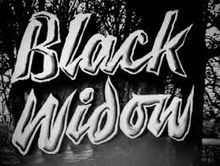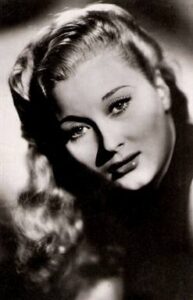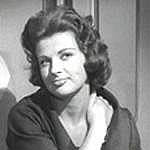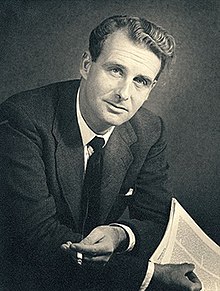Black Widow *** (1951, Christine Norden, Robert Ayres, Jennifer Jayne) – Classic Movie Review 9,585
Hammer Films’ 1951 British thriller film Black Widow is a version of a BBC radio serial of the day, Lester Powell’s Return from Darkness, and stars Christine Norden, Robert Ayres and Jennifer Jayne.
The 1951 second feature film Black Widow has an intriguing premise: a man called Mark Sherwin (Robert Ayres) loses his memory after being coshed and having his car stolen when he stops to help a man lying in the road. The thief dies in a fiery crash, and then Sherwin’s wife Christine (Christine Norden) and her lover Paul Kenton (Anthony Forwood) pass off the thief’s burnt corpse in a flower-covered coffin in the front room as if it were her husband’s body in order to marry and get their hands on his wealth.
But Sherwin recovers at the farmhouse home of farm owner Mr Kemp (John Longden), and a theatre ticket stub clue in Sherwin’s overcoat pocket leads him to a house where he finds a woman he recognises as his wife.
A plethora of plot and an inundation of intrigue keep audiences guessing cheerily for just over an hour, and the actors work through it enjoyably, even if they aren’t quite up to the tricky task in hand – of persuading you that this artificial story is ‘real’ in any way. Hammer’s usual cheap production gets in the way of enjoyment, too.
Anthony Forwood (as Paul Kenton) was Dirk Bogarde’s longtime companion.
Also in the cast are Jennifer Jayne as Sheila Kemp, John Longden as Mr Kemp, John Harvey as Dr Wallace, Reginald Dyson as Police Sergeant, Joan Carol as Hotel Desk Clerk, Madoline Thomas as Housekeeper, Jill Hulbert as Helen, Jack Stewart, and Bill Hodge.
Black Widow is directed by Vernon Sewell, runs 62 minutes, is made by Hammer Film Productions, is released by Exclusive Films (1951) (UK), is written by Allan MacKinnon, is shot in black and white by Walter J Harvey, is produced by Anthony Hinds, and is scored by Frank Spencer (musical director).
It is shot at Gilston Park, Hertfordshire, England.
Release date: 22 October 1951.
© Derek Winnert 2020 Classic Movie Review 9,585
Check out more reviews on http://derekwinnert.com





